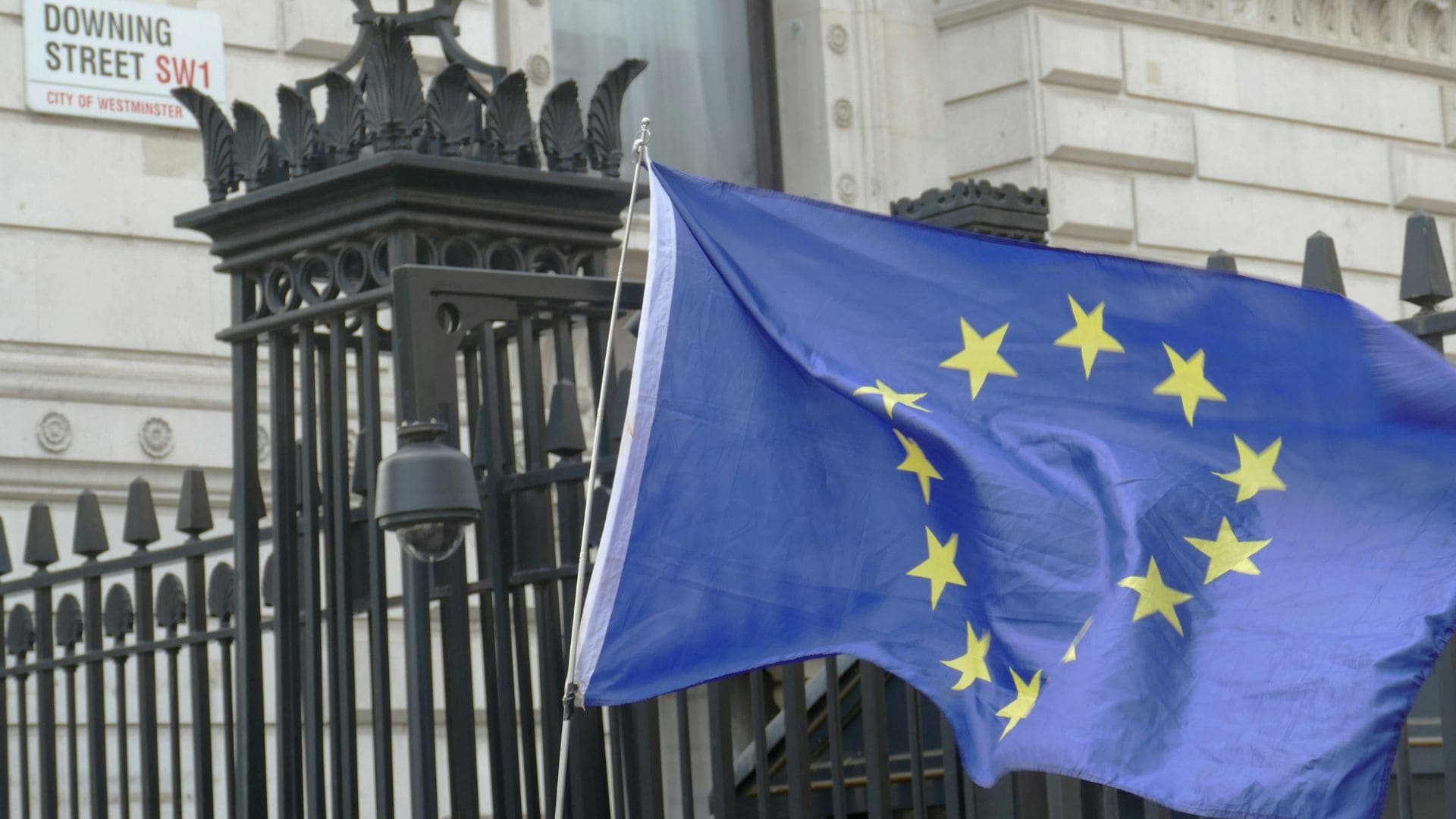Articles
UPC’s CFI (Milan) extends deadline to file defence to infringement claim to align with parallel EPO appeal proceedings
February 2025
Dainese S.p.A. v. Alpinestars S.p.A. & ors. UPC_CFI_472/2024 – Milan Local Division (Perrotti, Zana, Klein, Ashley) – 15 January 2025
The Milan Local Division granted a defendant’s request for an extension until 14 days after the hearing and expected decision of the EPO’s Board of Appeal in respect of the same Patent. The Milan LD considered that coordination between parallel EPO appeal proceedings and UPC proceedings was paramount and should be handled in the most efficient way. The Milan LD was not persuaded by the patentee’s position that a stay was preferable. On the contrary, the Milan LD considered that a delay in the deadline as a more flexible solution, respecting the procedural rights of all parties.
Background
Dainese S.p.A. sued Alpinestars S.p.A and four other defendants for infringement of European patent, EP3498117 in the UPC’s Milan LD. Alpinestars had opposed EP’117 at the EPO but at first instance, their opposition was rejected by the opposition division[1]. Alpinestars appealed and the date for the hearing of the EPO Appeal proceedings was 13 February 2025.
In the UPC infringement proceedings, Alpinestars was set the usual 3-month term expiring 20 January 2025 to file their defence, including any counterclaim for revocation. To meet the litigation deadline, Alpinestars would have had to file their counterclaim for revocation without knowledge of the Board of Appeal’s decision, and their response could have been redundant if the Patent were revoked by the EPO. Arguing for the need for procedural efficiency, Alpinestars requested an extension of the original deadline to 27 February 2025, i.e.,14 days after the date of the hearing before the EPO Board of Appeal.
Alpinestars argued that the extension of the deadline was in the interest of Dainese and overall procedural efficiency. In Alpinestars’ view, their request for an extension was consistent with the UPC’s overall goal to conclude the proceedings expeditiously, as a hearing date for the present UPC case had not yet been set. Therefore, Alpinestars argued that granting the extension would result in a better position for claimant.
Dainese disagreed. They requested that that the Milan LD either refuse Alpinestars’ request and, instead, exercise their discretion not to stay proceedings[2]. Alternatively, if the Milan LD was minded to grant an extension, Dainese requested that the Milan LD only extend the deadline till 20 February 2025, i.e. 7 days after the conclusion of Board of Appeal hearing. Dainese also argued delay on the basis that Alpinestars had been aware of the date of EPO oral proceedings since 2 September 2024, but had waited until 8 January 2024, just 12 days before the deadline for filing their defence before requesting an extension. Additionally, Dainese were concerned that, if Alpinestars were granted an extension, they would be in an advantageous position over Dainese and the other defendants because they would have a head start in addressing issues arising from the Board of Appeal hearing.
Milan LD’s Decision
The Milan LD allowed Alpinestars’ request for an extension till 27 February 2025. The Milan LD considered that coordination between EPO and UPC proceedings was paramount and should be handled in the most efficient way. The Milan LD agreed with Alpinestars that, in the circumstances of this case, coordination was best handled by extending the time limits for filing the statement of defence and the counterclaim for revocation. In the Milan LD’s view, an extension allowed for greater overall procedural efficiency over e.g., a stay because the EPO’s decision could be taken into account in a more efficient manner.
The Milan LD was not persuaded by Dainese’s position that a stay was preferable. On the contrary, the Court saw a delay in the deadline as a more flexible solution, respecting the procedural rights of all parties. In this regard, indicated that, on reasoned request by the other parties, the other parties could also be granted a discretionary period within which to submit their observations on the EPO’s decision[3]. This would ensure equality in the parties’ rights to defence. Although Alpinestars’ request for a delay was late, this did not significantly delay the overall proceedings, as the outcome of the EPO proceedings could not be verified until after the 13 February 2025. The extension to 27 February 2025 was also deemed consistent with the need to await the EPO’s written decision, which was unlikely to issue immediately after the date of the oral hearing. Thus, Dainese’s suggestion of extending the deadline a mere 7 days after the date of the oral hearing was unlikely to allow any party adequate time to review the written decision.
Final Thoughts
This case shows that the UPC is minded to take a pragmatic and flexible approach when balancing procedural efficiency and the desire to avoid irreconcilable decisions[4] between the UPC and the EPO. Although we have seen stays being refused[5] in circumstances where UPC is expected to issue its decision first, it is clear that refusal is not a hard and fast rule in cases where genuinely imminent decisions are expected from the EPO.
As an aside, some readers will have noticed that the Technically Qualified Judge on this case was Mr. Graham Ashley, who, for over a decade, was Chair of one of the mechanical boards of the EPO’s Technical Boards of Appeal, and a member of the Enlarged Board of Appeal. With judges with such extensive experience of EPO procedure, there should be optimism that the UPC will continue to improve coordination between EPO and UPC procedures to help to fulfil the EPO and UPC’s collective aim to provide litigants with simpler, quicker and more efficient judicial procedures[6].
[1] See written decision of 2.1.2024
[3] in accordance with the procedural faculty provided for in Rule 36 of the ROP
[4] UPC_CFI-361/2023; UPC_CFI_80/2023; UPC_CoA_22/2024; G1/24 and G2/24
[6] Unified Patent Court (UPC) | epo.org
This article was written by Partner and Patent Attorney Hsu Min Chung






























